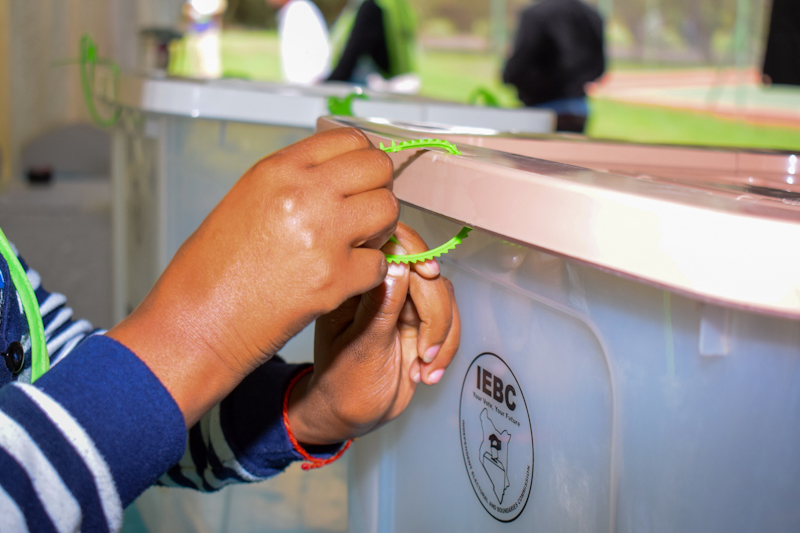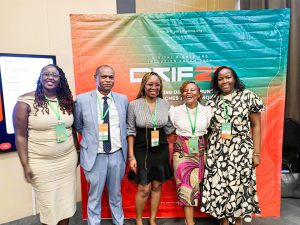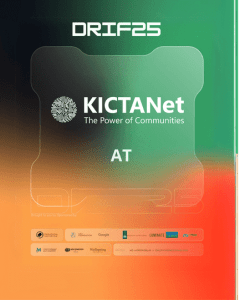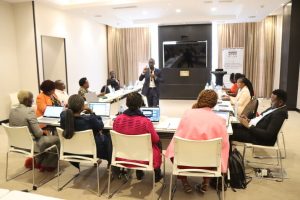By John Walubengo
I have tried to keep off the current ‘Open-Server’ chorus and anti-chorus from the political class for two reasons. The first is that I and two others happen to have been involved quite closely with the Presidential Petition 2022, from a technical point of view and thought some of our views were already known and need not be repeated.
The second reason is that I had assumed that the ‘2022 open-server’ debate would eventually die a natural death since the Supreme Court had already pronounced itself on the same.
Clearly, I was wrong on both counts.
During the 2022 Presidential dispute, we felt that as ICT professionals, we had abdicated our duty to lend a professional voice on very technical electoral processes; giving lawyers, accountants, politicians, media and some random political analysts an open cheque to set the national agenda and direction on matters that are traditionally not their domain.
Through our legal counsel, we applied and were privileged to be accepted as ICT Amicus Curie and had a good backroom view of the technical issues at play, most of which we thought had been put to rest in our submissions.
Basically, the Supreme Court ruling on tech issues was in line with the ICT Amicus position as summarised here and I will avoid repeating the same. Instead, I will point out two facts about our election and one outstanding issue that the IEBC still owes Kenyans.
Fact #1 – the election is actually more manual than it is electronic
Most Kenyans get lost in the technical jargon of servers, logs, KIEMS Kit, Result Transmissions and other electronic realities around our electoral systems that they lose sight of the simple fact that they actually voted manually.
Further, after voting manually, the ballot papers for President and other seats are also counted manually and the results are recorded manually on a Form34A at each of the over 46,000 polling stations scattered across the country.
Given that, each polling station has by law, less than seven hundred ballot papers, and that voting closes at 6:00 pm, it means that the counting and recording of Presidential results across the country is largely over and done with by midnight of the election night.
Put differently, all leading presidential candidates, through their parallel tallying system or otherwise – already know the winner, five hours after voting closes or latest the following morning.
Fact #2 – the role of electronic results transmission
Many Kenyans think that what is transmitted electronically to the IEBC servers and relayed at the Bomas HQ screens are THE RESULTS.
Not exactly.
Legally speaking, what is on the ‘Bomas’ servers or public portal is the ‘image of the results’.
The real results are actually at the polling station, on Form34As, signed off by IEBC, the various presidential agents and observers then present. What is transmitted electronically to the IEBC results server is just an advanced, digital image of the manual Form34A.
This is a necessary control introduced by the PEV 2007 Kriegler Commission on our election process in order to deal with the then rampant cases of election officials and agents who would collude and change results on Form 34A as signed at the polling stations.
By the time Form 34A arrives at the IEBC HQ, it had different figures.
Today polling agents must immediately transmit the signed digital image of Form34Ae in advance and then begin the longer journey to send the manual copy to Nairobi. If there are any changes between the two, that can easily be flagged during the verification exercise.
So NO, what is on the server is not the real result, but a copy or image of the real result. This implies that even if one was to change things on the server (copy), without finding a way to change the original Form34A, that action would be futile, null and void.
Some have called it hot air, red herring and other not-so-friendly terms.
Outstanding issue – should we then open the server?
I think we should.
But for a completely different reason.
The server will not show you who won or lost since that as explained above is already known by midnight election night from the polling station Form34As. However, the server has some other useful information that IEBC is yet to share -the data about the election data.
This is the KIEMS Kit log data. The KIEMS Kit log data is about how the voter was identified either biometrically or manually before being allowed to vote. This data was shared by IEBC in the second 2017 presidential election, allowing researchers to derive very interesting insights.
This to me is the data our politicians should be asking for. Anything else is likely to be ingeniously dishonest, hot air, red herring and another wild goose chase.
READ
This is a series of blogs about the 2022 Kenya Election. KICTANet deployed 87 election tech observers covering 21 counties in Kenya.
______________________________________________________
John Walubengo is an ICT Lecturer and Consultant. @jwalu.
![]()




